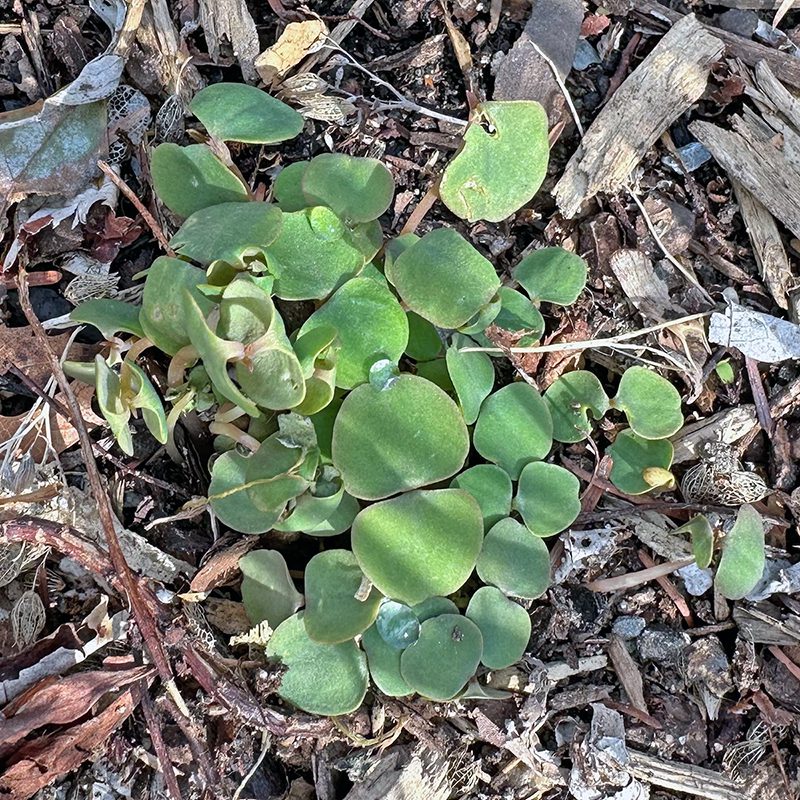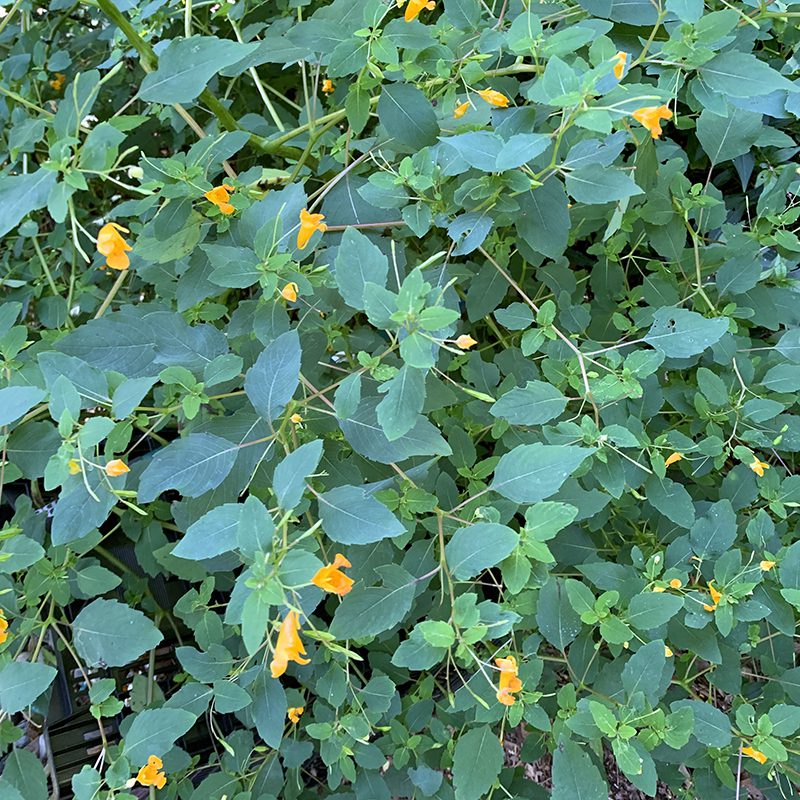Weed Of The Week: Jewelweed
Weed Of The Week: Jewelweed

In April many will start seeing clusters of pale-green seedlings appear in their yards and gardens. These are groups of jewelweed plants. When the entire seedpod is “planted” by birds or critters, these grow in tight, mounded groups. In other areas they can be seen as single seedlings.
Jewelweed is our native Impatience plant, and is actually quite pretty, especially when it’s growing on the edge of woods or in the wilder, shadier areas of our properties. It is sometimes called spotted touch-me-not for the way that the seeds will spring out of their pods when touched. The name “capensis” means “of the cape,” not because it’s native to Cape Cod, but because it was mistakenly thought to be from South Africa!
The name “jewelweed” comes from the fact that the foliage displays drops of water as if they are diamonds. This is an important pollinator plant that also attracts hummingbirds and butterflies.

Plants that hold round drops of water on their leaves have hydrophobic surfaces. Other plants that are known for this trait include lady’s mantle (Alchemilla mollis) and nasturtiums (Tropaeolum majus).
1 Comment
Leave a Comment
Subscribe To Our Newsletter
Sign up for our weekly email about sales and events.

I loved the weed of the week blog. Nice to have a name to the weed! Thanks